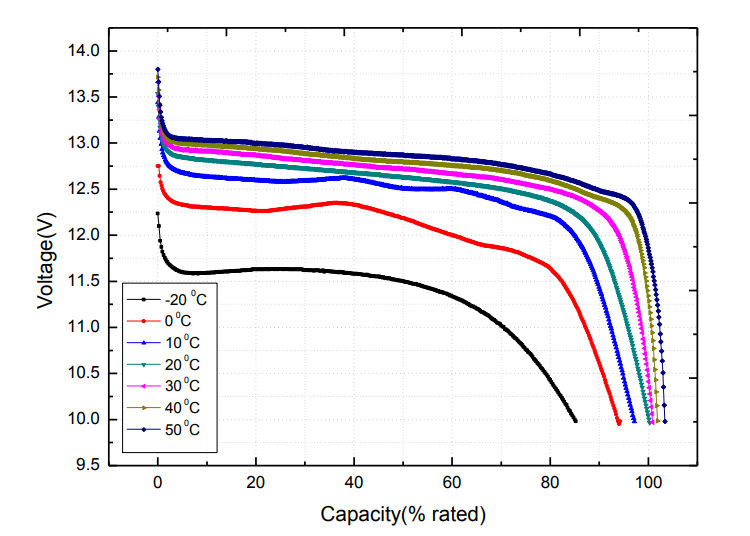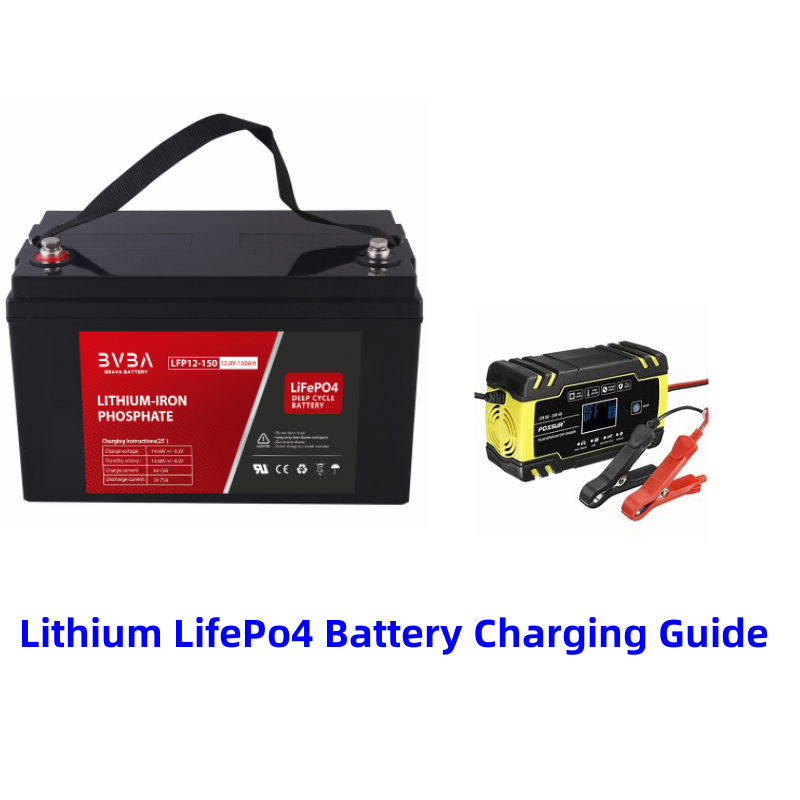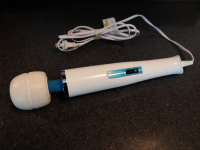Because we'd rather make you fuck yourself.
Bought a 22 Toyota Hybrid, was getting 52-54, sometimes 58 mpg. Now its down to 40-42. Took it to the shop and they say "Nothing wrong, its the chemicals they put in the winter gas." A 25-30% drop and the price is up.
What are your actual driving temperatures right now compared to summer?
Temperature of the car when parked before you start driving and average air temperature outside during the drive?
Normal hot summer temperatures and running the air conditioner usually makes minimal difference in a modern hybrid and the vehicle is more efficient running the AC than it would be with opening the windows.
Cold weather however does make a significant difference, especially if you are below freezing, starting the vehicle below freezing or driving at below freezing temperatures.
The flow of traffic in addition to speed also makes a huge difference to mild hybrids (which I'm guessing yours is).
You'd need to run benchmarks, mid summer, mid spring, mid fall, mid winter, using ethanol free fuel (like the kind for generators and boats and lawn equipment) from one of the gas stations that sells it and verify all the driving speeds and traffic flows are similar.
A long straight highway drive at highway speeds in the dead of winter is pretty much the worst case fuel economy scenario for a mild hybrid.
Mild stop and start traffic on the highway / roadways with some straight driving during the summer months is about the best case.
All that being said, a 25% drop in overall fuel economy for a mild hybrid between nice summer weather and below freezing winter temperatures is not actually all that out of the ordinary.
I drove a mild hybrid for 5 years and in the summer I could get better than listed fuel economy, and in freezing weather it dropped a fair bit.
Now I mostly drive in straight EV mode and it's almost exactly the same ratio between summer and winter.







